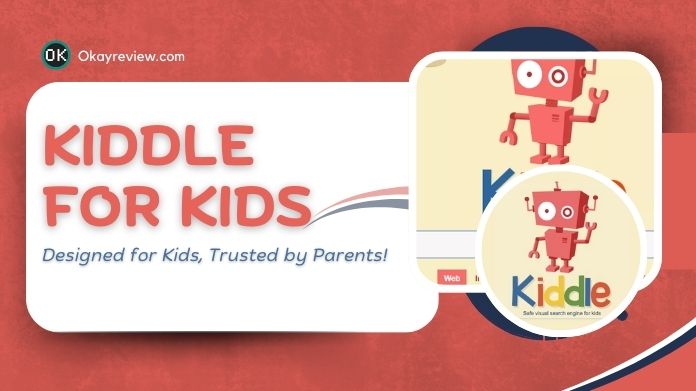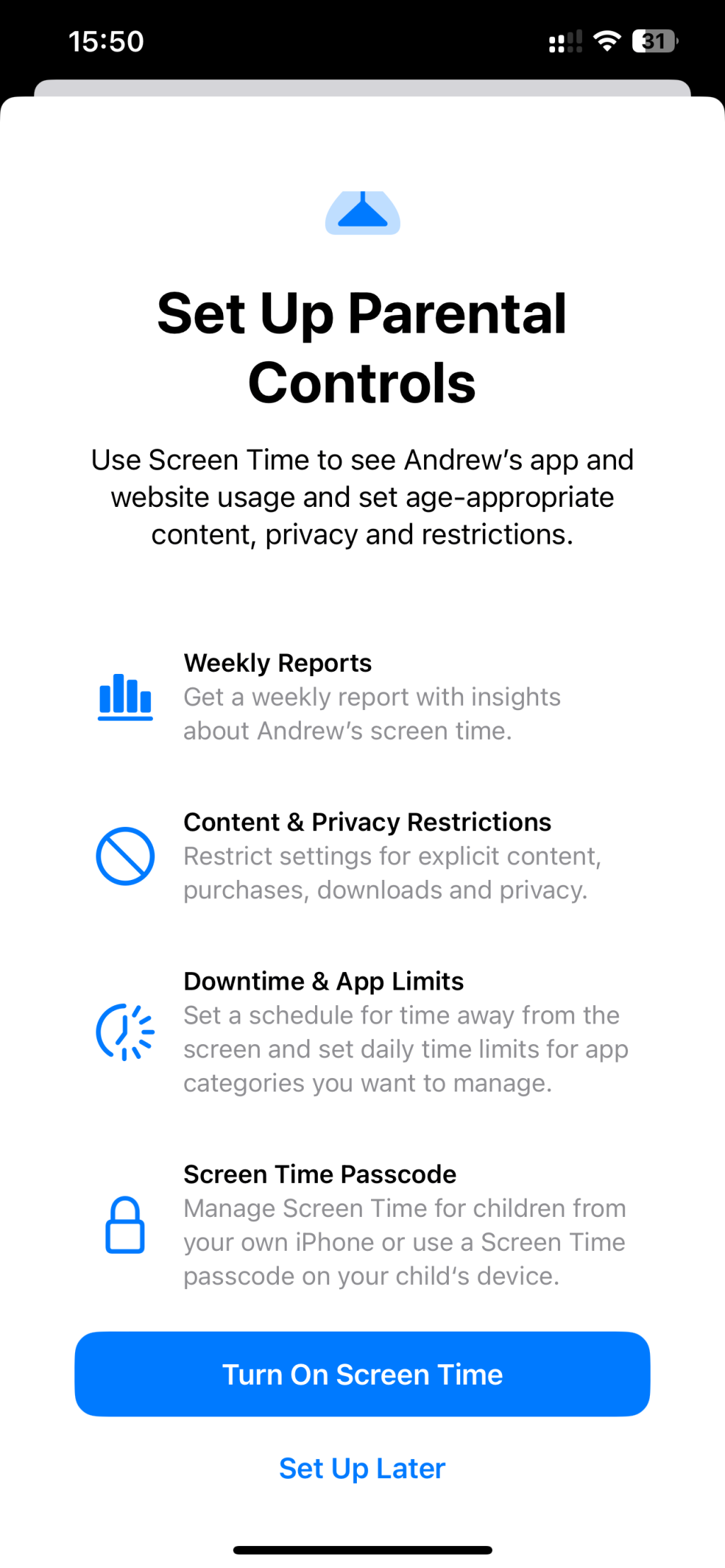In today’s digital age, where the internet offers endless information and entertainment, ensuring children have a safe online experience is more important than ever. One of the most effective tools for this purpose is Kiddle for Kids, a child-friendly search engine designed specifically for young users. With its focus on safety, education, and ease of use, Kiddle has become a go-to resource for parents and educators looking to guide their children through the vast world of the internet.
This article will explore what Kiddle is, how it works, and why it’s an essential tool for keeping kids safe while they learn and explore online.
What is Kiddle?
Kiddle is a safe search engine tailored for children, offering a fun and engaging way for kids to access educational content without encountering inappropriate material. Launched in 2014, Kiddle was created with the goal of providing a child-friendly alternative to mainstream search engines like Google. It uses Google’s SafeSearch technology as a foundation but adds additional layers of filtering and editorial review to ensure that the content is appropriate for young users.
The platform features a space-themed interface with colorful graphics, friendly robot characters, and large, easy-to-read text. This design not only makes the site visually appealing but also helps younger children navigate the web more easily.
One of the standout features of Kiddle is its Kpedia encyclopedia, which contains over 700,000 articles rewritten in simple language for children. These articles are based on Wikipedia content but adapted to be accessible and informative for younger audiences.
How Does Kiddle Work?
Kiddle operates by using Google’s Custom Search Engine (CSE) to fetch search results. However, unlike regular search engines, Kiddle applies additional filters and human curation to ensure that the content is safe and suitable for children. Here’s how it works:
- Human Editors: The first few search results are handpicked by Kiddle editors to ensure they are appropriate for kids.
- Automated Filters: The search engine blocks explicit content, such as nudity, violence, and adult themes.
- Language Filters: Parents can customize the search experience based on their child’s reading level, with simpler vocabulary for younger kids and more complex language for older children.
- Image Search: Kiddle provides safe and relevant images for children, making it easier for them to find visual content for school projects or personal interest.
Additionally, Kiddle prioritizes educational websites and avoids non-educational or potentially harmful sites. This means that when a child searches for something like “space,” they’ll see results from reputable sources like NASA or National Geographic Kids rather than random, unverified websites.
Is Kiddle Safe for Kids?
Safety is at the core of Kiddle’s mission. The platform incorporates several safety measures to protect children from inappropriate content:
- No Personal Data Collection: Kiddle does not collect any user data, ensuring that children can browse without worrying about their privacy being compromised.
- Safe Search Filtering: The search engine blocks explicit language, adult content, and harmful websites.
- Age-Appropriate Content: All search results are reviewed to ensure they are suitable for children. This includes blocking sites related to gambling, YouTube, and other potentially risky platforms.
- Minimal Advertising: Kiddle keeps ads to a minimum and ensures that any advertisements shown are vetted to be appropriate for young users.
While Kiddle is designed to be safe, it’s still important for parents and educators to remain involved in children’s online activities. Kiddle serves as a helpful starting point, but supervision and open discussions about online safety are essential.
What Age Group is Kiddle For?

Kiddle is primarily designed for children aged 5 to 12, though it can be used by younger children with adult supervision. The platform’s interface and content are tailored to this age group, making it an excellent tool for:
- Ages 3–5: Young children can explore the site with guidance, benefiting from the colorful visuals and simple language.
- Ages 6–8: This is a great time for kids to start learning independently. Kiddle provides a safe environment for them to research topics of interest.
- Ages 9–11: As children begin to tackle school projects, Kiddle offers a reliable source of educational content.
- Ages 12+: While older kids may eventually transition to more advanced search engines, Kiddle can still be a useful tool for exploring safe and educational content.
Pros and Cons of Using Kiddle
Like any tool, Kiddle has its advantages and limitations. Here’s a breakdown of the key pros and cons for parents and educators:
Pros:
- Safe Search Results: Kiddle filters out explicit and inappropriate content, reducing the risk of exposure to harmful material.
- Child-Friendly Interface: The bright colors, large fonts, and easy navigation make it ideal for younger users.
- Educational Opportunities: Kiddle promotes learning by providing informative and age-appropriate content.
- Parental Controls: The platform includes built-in filters and settings that allow parents to customize the search experience.
Cons:
- Limited Scope: Kiddle often excludes non-educational websites, which may limit the variety of information available to children.
- Not Always Accurate: While Kiddle strives to provide accurate information, some searches may not return the most relevant or up-to-date results.
- No App Available: Although the website is mobile-friendly, there is currently no official Kiddle app for download.
Parental Controls on Kiddle
Kiddle offers built-in parental controls to help parents manage their child’s online experience. These controls include:
- SafeSearch Mode: This setting blocks adult content, including nudity, violence, and explicit language.
- Language Filters: Parents can choose the language level that suits their child’s reading ability.
- Trusted Sites: Users can add specific websites that are considered safe and appropriate for their child.
To access these settings, simply click on the Settings icon on the top right corner of the Kiddle homepage. From there, you can adjust the filtering options to match your child’s needs.
What Parents Are Saying About Kiddle

Many parents and educators have praised Kiddle for its effortless usability and strong safety features. Here are some real-life testimonials:
- “I work as a nanny with children in the primary school age range, and this website is fantastic for homework and general fact finding. Schools in my area also use Kiddle. Much safer than other similar sites we’ve tried.” – Jjules, Nanny
- “Would recommend this to any child who wants to grow up to be a scientist or mathematician. It gives a far better picture of what the fields entail than anything else I’ve seen written for this level.” – Science Teacher
These positive reviews highlight the value of Kiddle as a trusted resource for parents and educators seeking a safe and educational online environment for children.
Kiddle vs. Other Search Engines
While Kiddle shares similarities with Google, it is not affiliated with the tech giant. Instead, it uses Google’s SafeSearch technology as a base but adds its own layer of manual curation and filtering to ensure that the content is kid-friendly.
Unlike traditional search engines, Kiddle focuses on educational and safe content, making it a better choice for children. However, it may not be the best option for older kids who need more advanced search capabilities.
It’s also worth noting that Kiddle is not the same as Kindle. Kindle is an e-reader designed for reading books, while Kiddle is a search engine focused on helping children find safe and educational content online.
FAQs About Kiddle for Kids
Here are some common questions and answers about Kiddle:
Q: What is Kiddle for kids?
A: Kiddle is a child-friendly search engine designed to provide safe and educational web browsing for children. It delivers search results with simplified language and curated content appropriate for young users.
Q: Is Kiddle made by Google?
A: No, Kiddle is not made by Google. While it uses Google’s SafeSearch technology, it is an independent search engine designed specifically for children.
Q: Is there a Kiddle app?
A: Currently, there is no official Kiddle app, but the website is fully optimized for mobile devices.
Q: Is Kiddle safe for kids?
A: Yes, Kiddle is a child-friendly search engine that filters results to display kid-appropriate content. However, parental supervision is still recommended.
Conclusion

Kiddle for Kids is an invaluable tool for parents and educators looking to keep children safe while they explore the internet. With its child-friendly interface, strong safety features, and educational content, Kiddle offers a unique and reliable alternative to mainstream search engines.
Whether your child is researching a school project, learning about science, or simply curious about the world, Kiddle provides a safe and engaging environment for them to discover new knowledge.
As the digital landscape continues to evolve, tools like Kiddle play a crucial role in helping children navigate the internet responsibly. By combining technology, education, and safety, Kiddle sets a high standard for what a child-friendly search engine should be.
Author Section
Author: Emily Thompson
Title/Role: Digital Safety Analyst
Credentials: Emily is a digital safety expert with over 10 years of experience in online child protection and educational technology. She has worked with schools, nonprofits, and tech companies to develop safe and effective digital tools for children.
Profile Link: www.emilythompsondigital.com
References
Call to Action
Stay updated with the latest news and resources on safe online practices for kids. Explore Kiddle for Kids and discover how it can help your child learn and grow in a secure digital environment.
URL Slug
what-is-kiddle-for-kids
Image Optimization












More Stories
How to Claim Your Joy in League of Legends: A Step-by-Step Guide
What is WSET? A Comprehensive Guide to Wine Education
Why Are People Cancelling Spotify? Key Reasons Behind the Trend